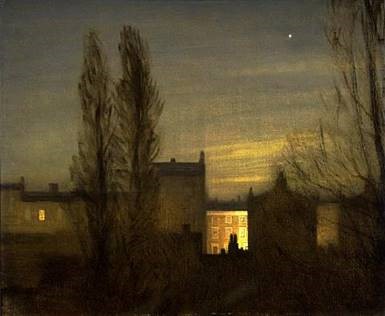—
exhibition Details
A period of expansive social change, innovation and rupture, the latter half of the 19th century gave rise to the development of fundamentally different painting styles that embraced the new pace of modern life. Rejecting traditional academic painting, artists embraced the evolving world around them, immersing themselves within and capturing their impressions of the transient light, colours and sounds of their environments. Germinating in France and then cross-pollinating into various countries, this new art direction favoured the dynamism of daily life over the historic, the suggestive over the descriptive, and the gestural and intimate over the detailed and monumental. European artists Girolamo Nerli, James Nairn, Petrus Van der Velden and Edward FristrÖm introduced these radical new approaches into New Zealand in the last decades of the 19th century, generating fundamental shifts in painting practice. While artists had previously focused on recording the topographical details of the New Zealand landscape or aggrandising its sublime aspects, this new wave of painters turned towards capturing the shifting light, textures, colours and sounds of the everyday landscape as experienced in brief, quotidian moments. Painted en plein air with pulsating colours and gestural brushwork, their small oil paintings are microcosms of time and place, transporting the viewer into intimate environments of oscillating light and iridescent colours that elicit memories of sounds, sights and tactile sensations.
Artwork credits:
George Clausen
In the small hours 1911
oil on canvas
Mackelvie Trust Collection, Auckland Art Gallery Toi o Tāmaki
George Butler
Off Kaikoura 1901
oil on board
Auckland Art Gallery Toi o Tāmaki, purchased 1979
- Date
- —
- Location
- Mezzanine

